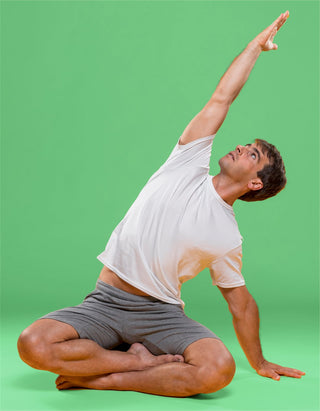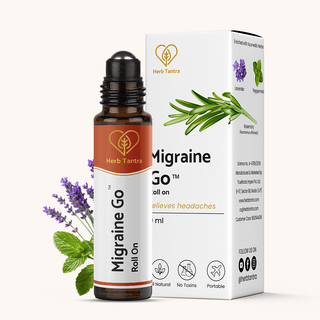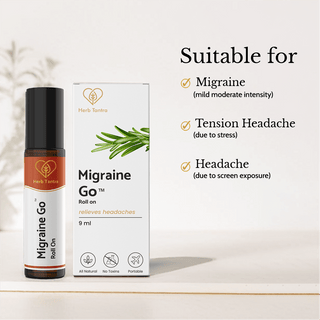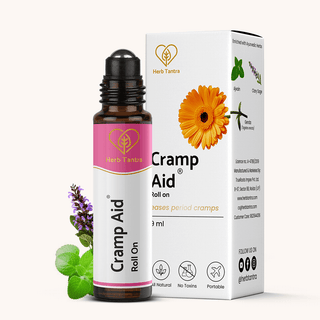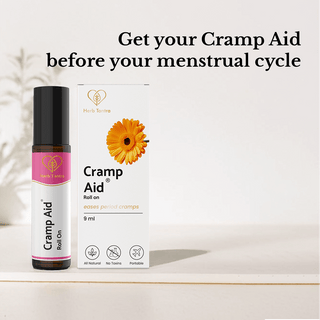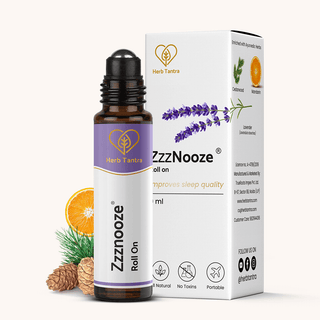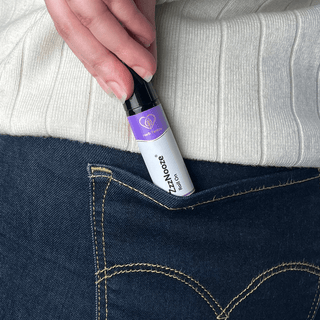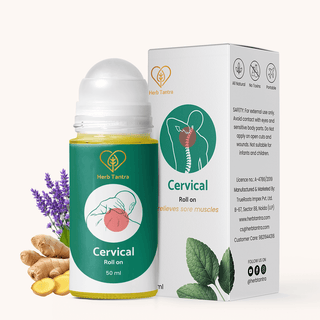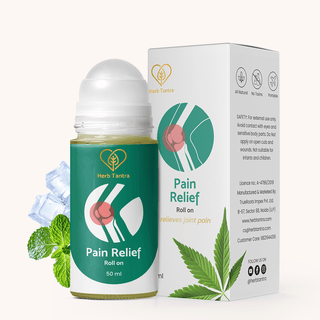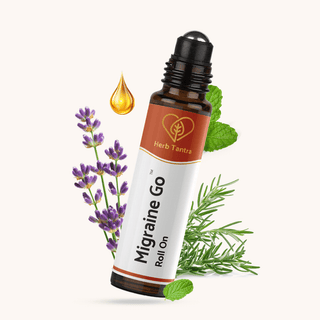That familiar ache in your neck that makes turning your head feel like a monumental task—we've all been there. Whether it crept up after a long day hunched over your laptop or appeared mysteriously after a night's sleep, cervical pain can throw your whole day off balance. You're not alone in this struggle. Neck pain affects nearly 70% of adults at some point in their lives. For many, it becomes more than just an occasional nuisance—it transforms into a persistent companion that affects work, sleep, and overall quality of life.
Whether you're dealing with a sudden flare-up or looking for ways to prevent recurring discomfort, the methods we'll find out can help you find freedom from pain and get back to enjoying life without limitations. Let's dive into effective approaches that give your neck the care it deserves.
Understanding Cervical Pain
Cervical pain isn't just a simple ache, it's a complex issue involving the delicate structure that supports your head and allows movement in virtually every direction.
Your cervical spine comprises seven small vertebrae (C1-C7) that form the neck portion of your spinal column. This remarkable structure supports the weight of your head (about 10-12 pounds) while enabling mobility in all directions. When pain strikes this region, it can range from mildly annoying to completely debilitating, affecting your quality of life and productivity.
Pain in this area manifests in several ways: sharp, stabbing sensations that come and go; dull, persistent aching that worsens with movement; stiffness limiting your ability to turn or tilt your head; radiating pain extending to your shoulders and arms; or headaches originating from the base of your skull.
Identifying Your Pain Symptoms & Types
Before effectively treating cervical pain, understanding exactly what you're experiencing helps determine the best approach. Different types of pain respond better to specific treatments.
Types of Cervical Pain
- Acute Mechanical Pain typically results from a specific movement or injury. It's characterized by sharp, localized discomfort, reduced range of motion, and possible muscle spasms. This type usually lasts less than 6 weeks and responds well to early intervention.
- Chronic Cervical Pain persists beyond 12 weeks and features periodic flare-ups of intensity. People with chronic neck pain often adapt their movements to avoid pain, which can create additional problems. The psychological impact, including anxiety or frustration, often compounds the physical discomfort.
- Radicular Pain (Cervical Radiculopathy) results from nerve compression in the neck, causing pain that radiates down the arm, numbness or tingling in fingers or hands, and weakness in specific muscle groups. This type of pain often worsens with certain neck positions and requires targeted treatment.
- Referred Pain feels like it's coming from the neck but actually originates elsewhere, such as the jaw, shoulders, or even from headaches. This type often presents a confusing pattern of symptoms that change location or intensity with different activities, making it challenging to diagnose correctly.
Research indicates that accurately identifying your pain type can significantly increase treatment success rates, allowing practitioners to target interventions more effectively.
Common Causes of Cervical Pain
1. Poor Posture ranks as the number one culprit in modern life. Studies suggest that a significant percentage of office workers experience neck pain related to posture. The phenomenon known as "text neck" from looking down at phones adds substantial force to your cervical spine. For every inch your head moves forward in posture, additional pressure applies to your neck, creating strain over time.
2. Muscle Strain and Tension often result from repetitive movements or sustained awkward positions. Stress plays a major role too, with psychological tension converting to physical tightness. Many people report increased neck tension during periods of high stress, creating a cycle of pain and discomfort.
3. Age-Related Changes begin naturally as early as age 30, with disc degeneration progressing over time. By age 60, most people show some cervical disc degeneration on imaging. While these changes don't always cause pain, they can increase vulnerability to strain and discomfort with everyday activities.
4. Injuries such as whiplash from car accidents affect millions of Americans annually. Sports injuries account for a significant percentage of acute cervical pain cases. Even seemingly minor falls can cause significant neck trauma, leading to both immediate and long-term pain.
5. Underlying Medical Conditions like arthritis (particularly rheumatoid and osteoarthritis), fibromyalgia, spinal stenosis, and cervical disc herniation can all manifest as neck pain requiring specialized treatment approaches.
Understanding the specific nature and cause of your pain creates the foundation for finding effective relief strategies tailored to your situation.
Top Methods for Cervical Pain Relief
Immediate Relief Methods
When pain strikes suddenly, several approaches can provide quick comfort:
Hot and Cold Therapy remains effective because it works on fundamental physiological principles. For cold therapy during the first 24-72 hours, apply ice wrapped in a thin towel for 15-20 minutes, repeating every 2-3 hours. This reduces inflammation by constricting blood vessels and numbs nerve endings for immediate pain reduction.
After the initial inflammation subsides, switch to heat therapy. Apply a heating pad or warm towel for 15-20 minutes to increase blood flow, delivering nutrients and removing waste products while relaxing tight muscles. This approach works particularly well for chronic or persistent cervical pain.
Gentle Range of Motion Exercises help restore mobility and release tension. Try chin tucks by pulling your chin straight back to create a "double chin," repeating 10 times. Gentle head rotations involve slowly turning your head from side to side, five rotations in each direction.
Shoulder rolls in both forward and backward circular motions (10 repetitions each direction) release upper back tension. Side tilt stretches, where you gently tilt your ear toward your shoulder until you feel a mild stretch and hold for 15-30 seconds each side, can provide immediate relief.
Over-the-Counter Pain Relievers offer temporary management of significant pain. NSAIDs like ibuprofen and naproxen reduce both inflammation and pain, while acetaminophen addresses pain without anti-inflammatory effects.
Topical analgesics provide localized relief without systemic effects. It's important to use these medications sparingly and according to package directions, as surveys show many people exceed recommended dosages for neck pain, risking unwanted side effects.
Natural Remedies for Cervical Pain
For those preferring drug-free approaches, natural methods offer effective alternatives:
Essential Oils and Herbal Applications can provide measurable pain relief according to research. Peppermint oil contains menthol that creates a cooling sensation and relaxes muscles. Lavender oil reduces pain perception and promotes relaxation.
Eucalyptus oil provides anti-inflammatory benefits, while ginger oil improves circulation and reduces inflammation. How you apply these oils matters significantly. Massage them (properly diluted with a carrier oil) into painful areas for 3-5 minutes to maximize absorption and effectiveness.
Hydration and Anti-inflammatory Nutrition play crucial roles in managing cervical pain. Optimal hydration—around 8-10 glasses of water daily—helps maintain disc health and reduces degeneration rates. An anti-inflammatory diet can significantly impact pain levels.
Include fatty fish like salmon and mackerel, berries (especially blueberries), leafy greens, turmeric with black pepper, ginger, and nuts and seeds. Minimize consumption of processed foods, refined sugar, excessive alcohol, and red meat.
Relaxation Techniques address the mind-body connection in pain perception. Try deep breathing using the 4-7-8 technique (inhale for 4 counts, hold for 7 counts, exhale for 8 counts). Progressive muscle relaxation involves systematically tensing then releasing muscle groups to identify and release hidden tension.
Even brief mindfulness meditation sessions of 5-10 minutes daily can reduce pain perception. Guided imagery, where you visualize pain reduction and muscle relaxation, can provide remarkable relief.
Topical Solutions for Quick Relief
Targeted external applications provide fast, localized relief without systemic effects:
Roll-On Pain Relievers offer several advantages, precise application to affected areas, no mess or residue on hands, portability for on-the-go relief, and controlled dosing. Look for key ingredients like menthol (a natural cooling agent), camphor (which increases local circulation), eucalyptus (with anti-inflammatory properties), and wintergreen oil (a natural analgesic).
Herbal Balms and Creams have stood the test of time for good reason. Arnica-based products reduce bruising and inflammation. Capsaicin creams deplete substance P (a pain transmitter) with regular use.
Physical Therapy and Exercise for Cervical Pain
Moving beyond temporary relief, targeted physical approaches address underlying issues:
Strength-Building Exercises
Building support for your cervical spine through:
-
Isometric exercises: Pushing against resistance without movement
- Hand-to-forehead resistance (push head forward against hand for 5 seconds)
- Hand-to-temple resistance (push head sideways against hand for 5 seconds)
- Repeat 10 times in each direction
-
Progressive resistance training:
- Chin tucks with resistance bands
- Shoulder blade squeezes with light weights
- Prone cobra exercises (lying face down, lifting chest slightly)
Research from Physical Therapy Journal shows participants performing these exercises 3 times weekly experienced 47% reduction in pain after 6 weeks.
Posture Correction Techniques
- Door frame stretch: Stand in doorway with arms on frame, step forward to stretch chest
- Wall angels: Stand against wall, move arms up and down in "snow angel" pattern
- Chin tuck with head lift: Tuck chin while extending back of neck upward
- Posture monitoring apps: Technology that reminds you to correct position throughout day
Yoga for Neck Pain
Specific yoga poses address cervical tension through mindful movement and proper breathing:
Gentle Neck-Focused Poses include Cat-Cow, where you position yourself on hands and knees and alternate between arching and rounding your spine. Thread the Needle involves starting from a tabletop position and threading one arm under your body for a rotational stretch.
Child's Pose provides a kneeling forward rest position that gently stretches the back of your neck. The Ear to Shoulder pose offers a seated gentle side bend of the neck, optionally using your hand for assistance.
Breath-Focused Practice enhances the benefits of physical movement. Lion's Breath involves opening your mouth wide, sticking out your tongue, and exhaling forcefully to release tension. Ujjayi Breathing creates a gentle ocean sound while breathing through your nose, promoting relaxation.
The 3-Part Breath fills your belly, ribcage, and chest sequentially, encouraging full, relaxed breathing that counters the shallow breathing pattern common during pain.
Conclusion
Cervical pain doesn't have to dictate your daily life or become something you simply learn to endure. With the right approach—combining immediate relief strategies, natural remedies, targeted exercises, and quality products—you can significantly reduce discomfort and prevent future episodes.
Herb Tantra's natural approach offers effective options that align with your body's own healing mechanisms. By choosing plant-based solutions over synthetic alternatives, you're not just masking symptoms—you're supporting your body's innate capacity for healing and balance.
FAQs
Q1. What is the fastest way to cure cervical pain?
For quick cervical pain relief, apply a cooling menthol roll-on like Herb Tantra's Neck Relief Roll-On, rest from aggravating activities, use ice for inflammation, perform gentle neck stretches, and consider anti-inflammatory medication if needed. Addressing posture and ergonomics is key for long-term relief.
Q2. What causes cervical pain?
Cervical pain is often caused by poor posture (e.g., "text neck"), muscle strain, age-related changes, stress, injuries like whiplash, or conditions such as cervical spondylosis or herniated discs. Multiple factors usually contribute to the pain.
Q3. Does cervical neck pain go away?
Yes, most cervical pain resolves with proper care. Studies show 50-80% of acute cases improve within 4-6 weeks. Preventive strategies like posture correction and regular stretching reduce recurrence by up to 60%.
Q4. What is the best sleeping position for cervical pain?
The best sleeping positions are back sleeping with a cervical pillow or side sleeping with a supportive pillow to keep the spine aligned. Avoid stomach sleeping, which strains the neck, and overly soft pillows that disrupt alignment.
Q5. What drink helps neck pain?
Anti-inflammatory drinks like turmeric golden milk, ginger tea with honey, tart cherry juice, chamomile tea, and adequate water intake can help reduce neck pain by easing inflammation and promoting muscle relaxation.


